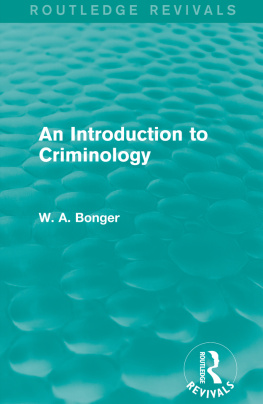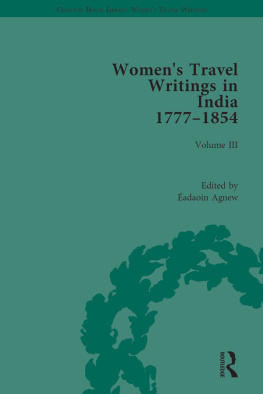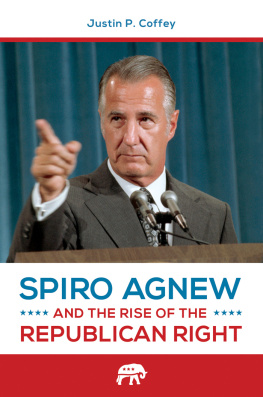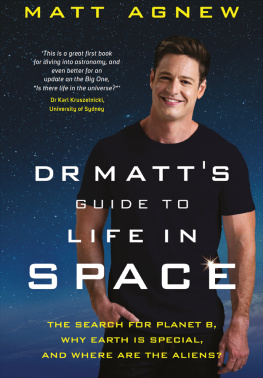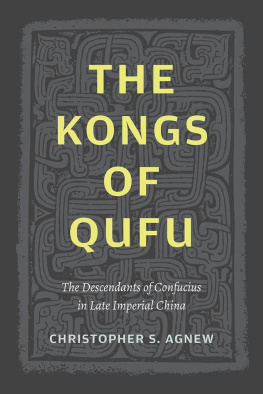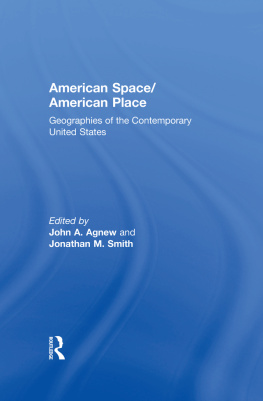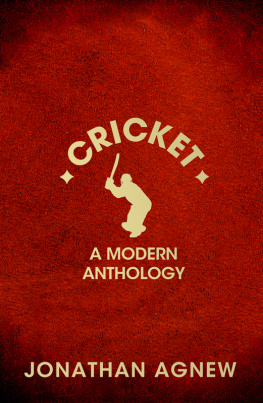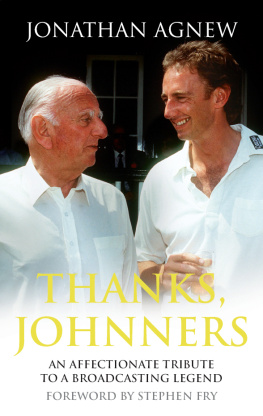Robert Agnew - Toward a Unified Criminology
Here you can read online Robert Agnew - Toward a Unified Criminology full text of the book (entire story) in english for free. Download pdf and epub, get meaning, cover and reviews about this ebook. year: 2011, publisher: NYU Press, genre: Romance novel. Description of the work, (preface) as well as reviews are available. Best literature library LitArk.com created for fans of good reading and offers a wide selection of genres:
Romance novel
Science fiction
Adventure
Detective
Science
History
Home and family
Prose
Art
Politics
Computer
Non-fiction
Religion
Business
Children
Humor
Choose a favorite category and find really read worthwhile books. Enjoy immersion in the world of imagination, feel the emotions of the characters or learn something new for yourself, make an fascinating discovery.

- Book:Toward a Unified Criminology
- Author:
- Publisher:NYU Press
- Genre:
- Year:2011
- Rating:3 / 5
- Favourites:Add to favourites
- Your mark:
- 60
- 1
- 2
- 3
- 4
- 5
Toward a Unified Criminology: summary, description and annotation
We offer to read an annotation, description, summary or preface (depends on what the author of the book "Toward a Unified Criminology" wrote himself). If you haven't found the necessary information about the book — write in the comments, we will try to find it.
Toward a Unified Criminology — read online for free the complete book (whole text) full work
Below is the text of the book, divided by pages. System saving the place of the last page read, allows you to conveniently read the book "Toward a Unified Criminology" online for free, without having to search again every time where you left off. Put a bookmark, and you can go to the page where you finished reading at any time.
Font size:
Interval:
Bookmark:
Edited by John Hagan
Building Community Activism
Patrick J. Carr
Edited by Karen Heimer and Candace Kruttschnitt
Inequalities of Race, Ethnicity, and Crime in America
Edited by Ruth D. Peterson, Lauren J. Krivo, and John Hagan
Edited by Ramiro Martinez Jr. and Abel Valenzuela Jr.
Aaron Kupchik
Peter K. Manning
African American Girls, Urban Inequality, and Gendered Violence
Jody Miller
Victor M. Rios
Integrating Assumptions about Crime, People, and Society
Robert Agnew
Crime, People, and Society

New York and London
www.nyupress.org
All rights reserved
Neither the author nor New York University Press is responsible for URLs
that may have expired or changed since the manuscript was prepared.
Toward a unified criminology: integrating assumptions about crime, people and society / Robert Agnew.
p. cm. (New perspectives in crime, deviance, and law series)
Includes bibliographical references and index.
ISBN 9780814705087 (hardback) ISBN 9780814705094 (pb) ISBN 9780814705278 (ebook) ISBN 9780814707906 (ebook)
1. Crime. 2. Criminologists. 3. Criminology. I. Title.
HV6025.A38 2011
364dc23 2011028152
and their binding materials are chosen for strength and durability.
We strive to use environmentally responsible suppliers and materials
to the greatest extent possible in publishing our books.
p 10 9 8 7 6 5 4 3 2 1
Is Crime the Result of Forces beyond
the Individuals Control or Free Choice?
Are People Self-Interested,
Socially Concerned, or Blank Slates?
Is Society Characterized
by Consensus or Conflict?
Is There an Objective Reality
That Can Be Accurately Measured?
Font size:
Interval:
Bookmark:
Similar books «Toward a Unified Criminology»
Look at similar books to Toward a Unified Criminology. We have selected literature similar in name and meaning in the hope of providing readers with more options to find new, interesting, not yet read works.
Discussion, reviews of the book Toward a Unified Criminology and just readers' own opinions. Leave your comments, write what you think about the work, its meaning or the main characters. Specify what exactly you liked and what you didn't like, and why you think so.

